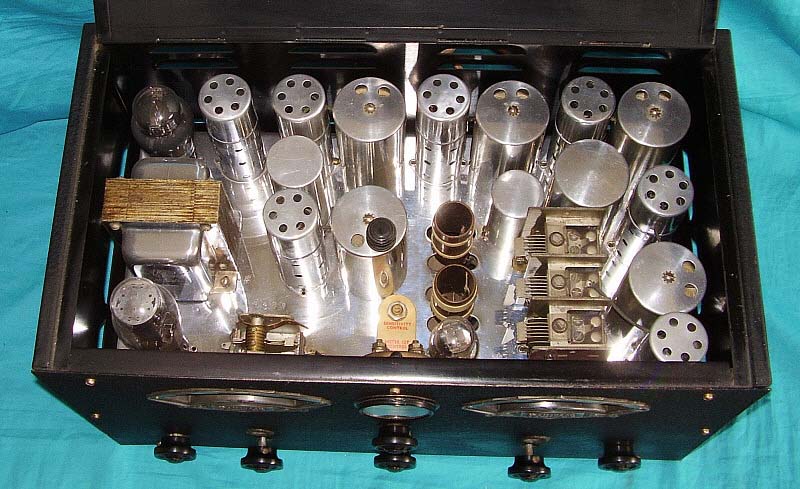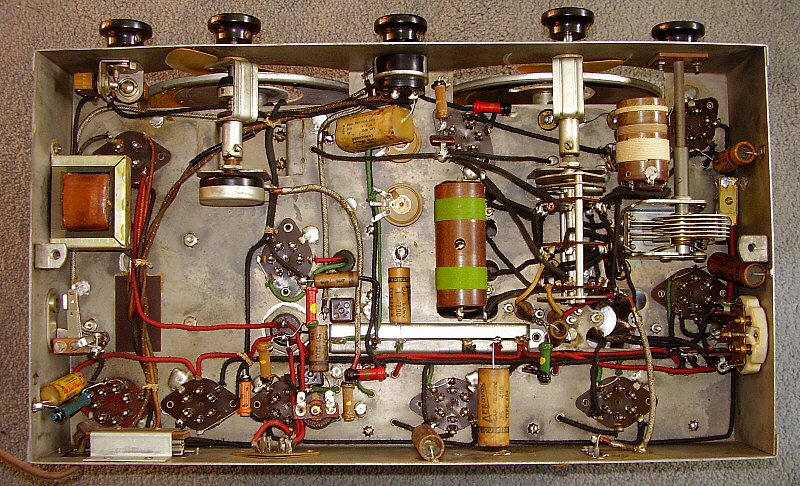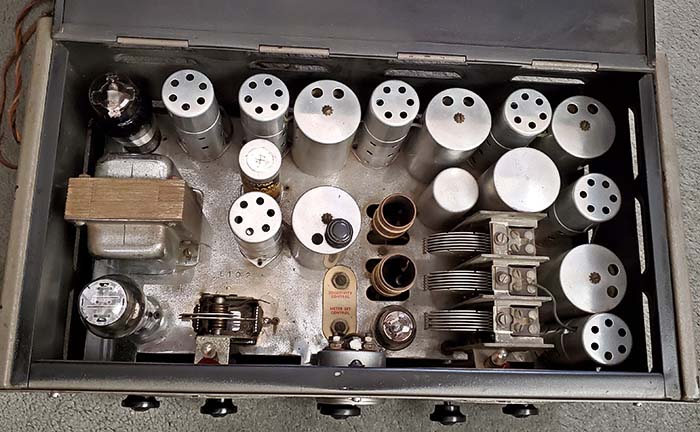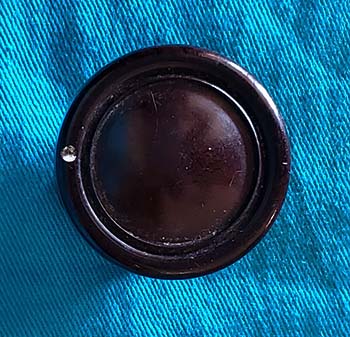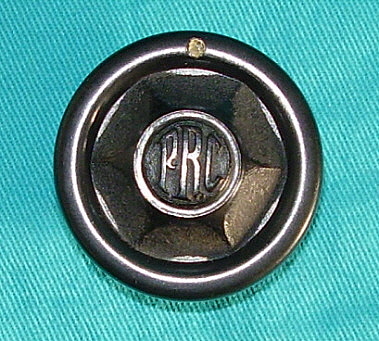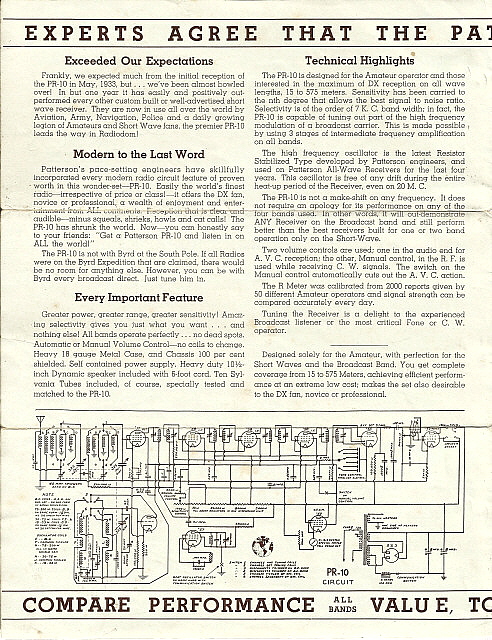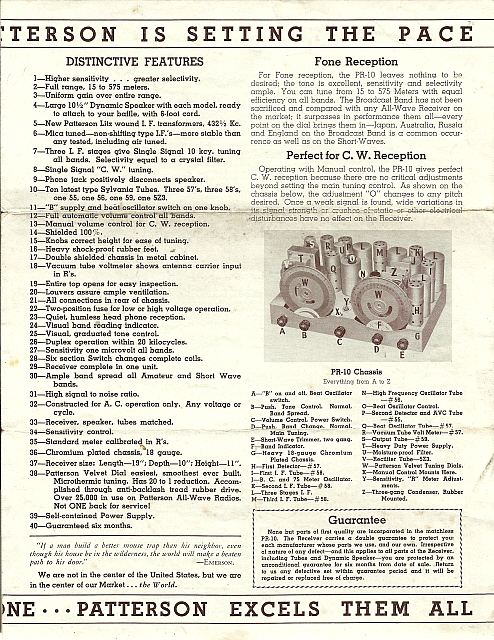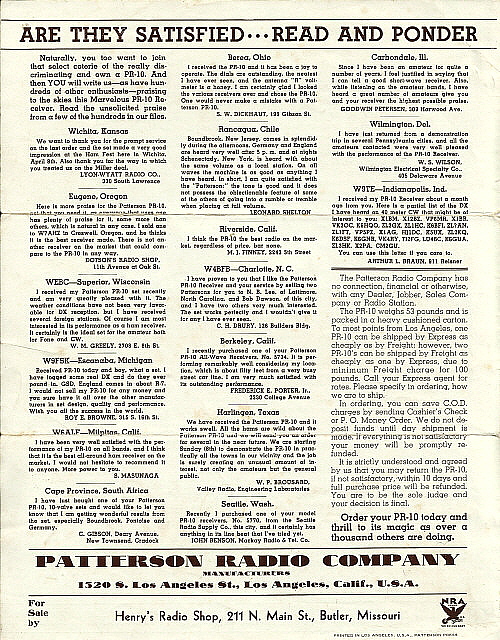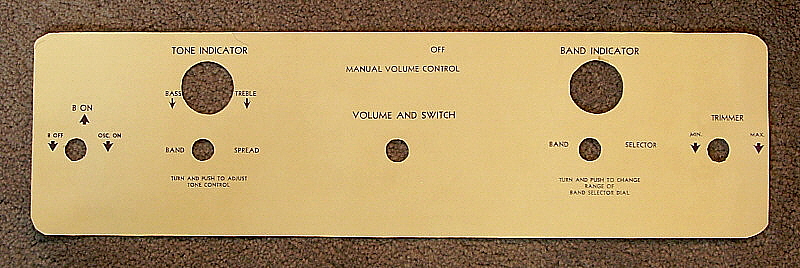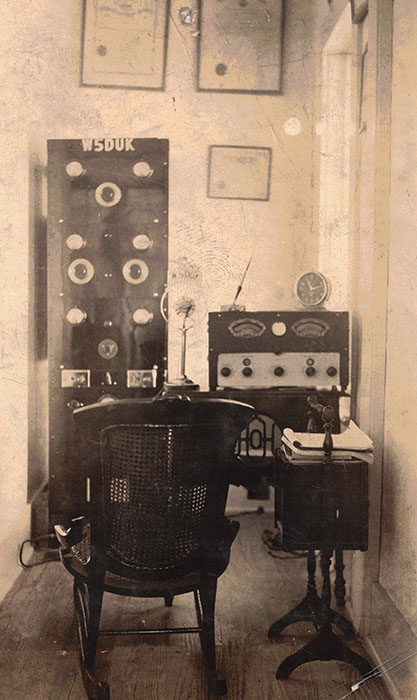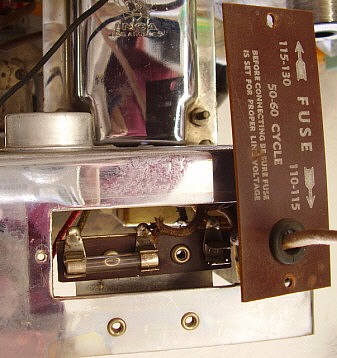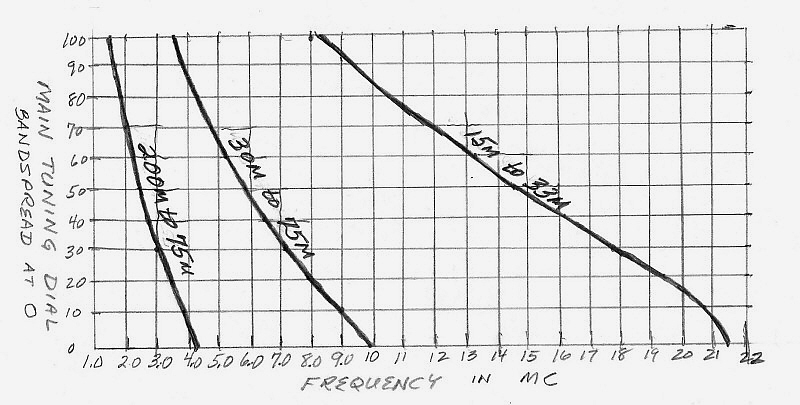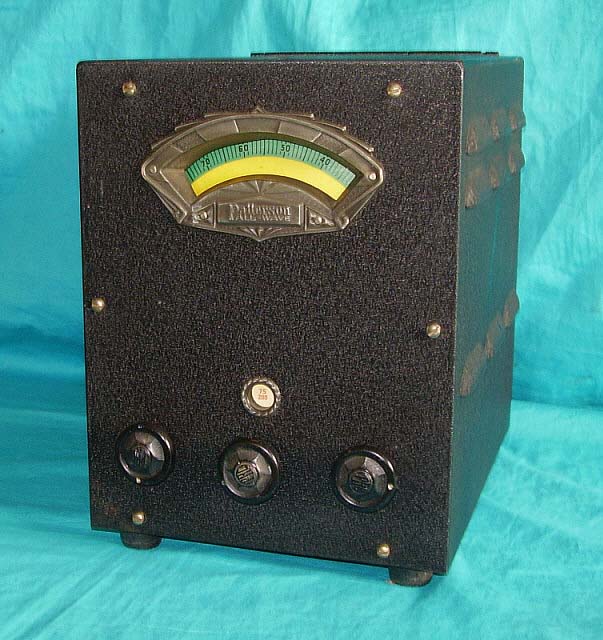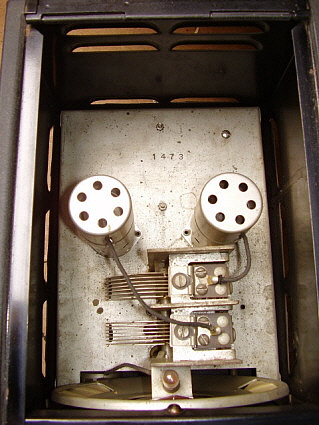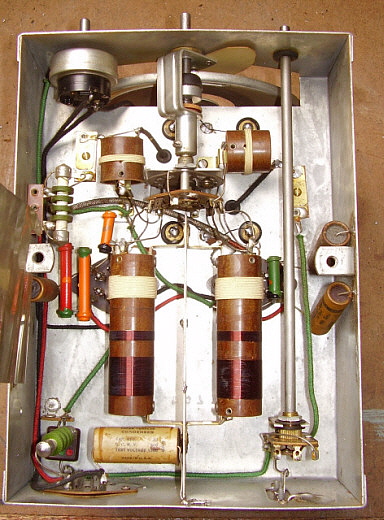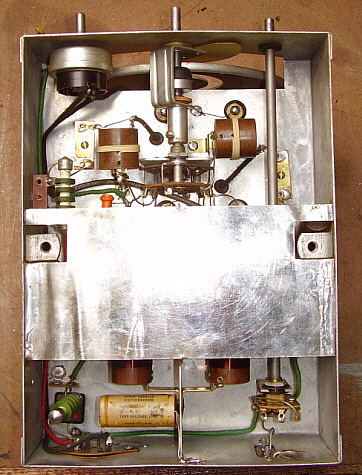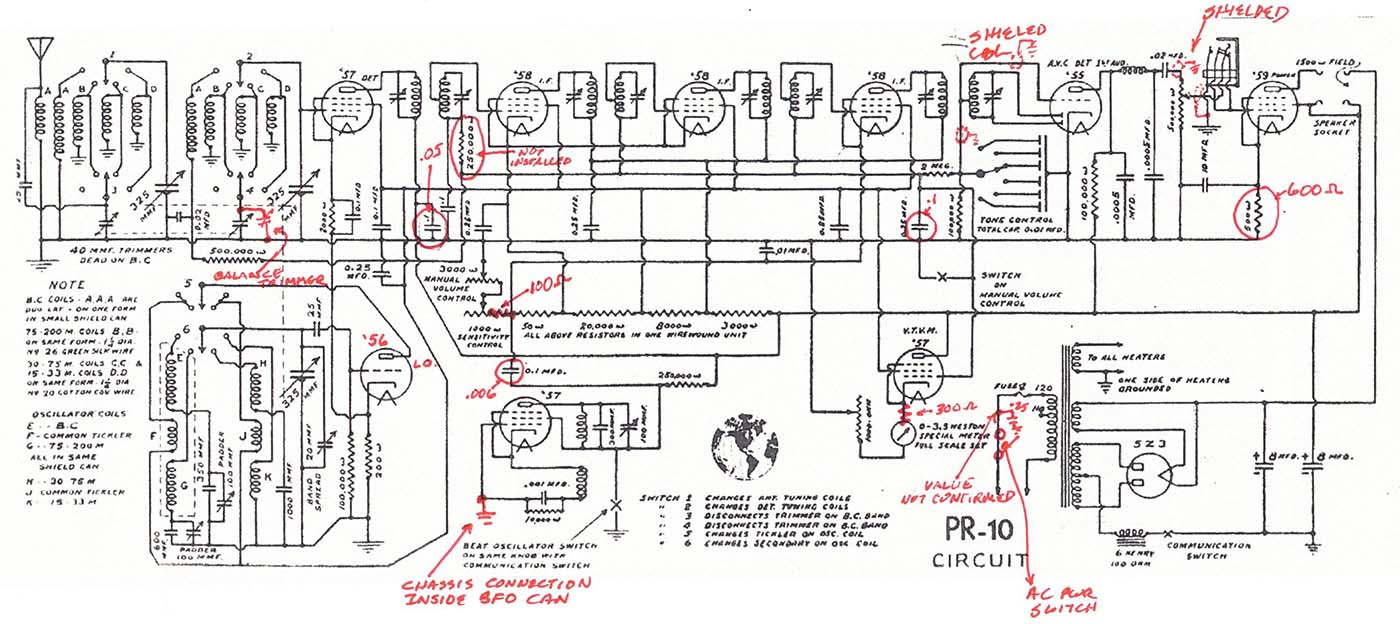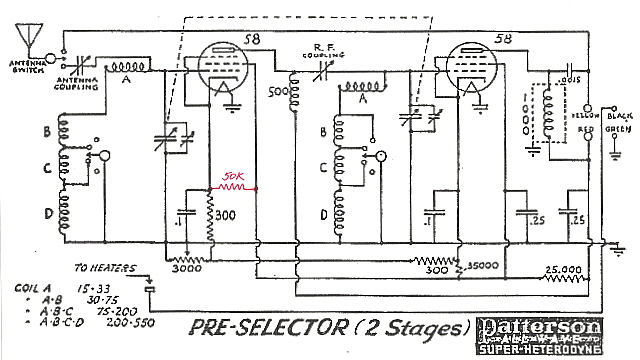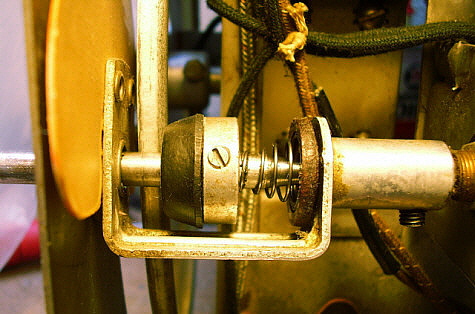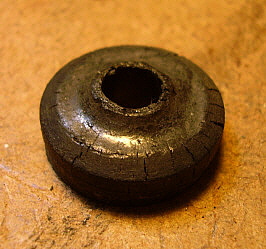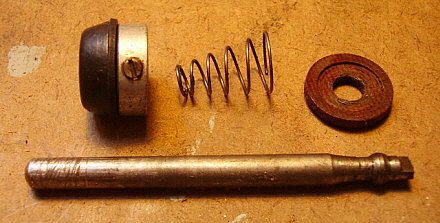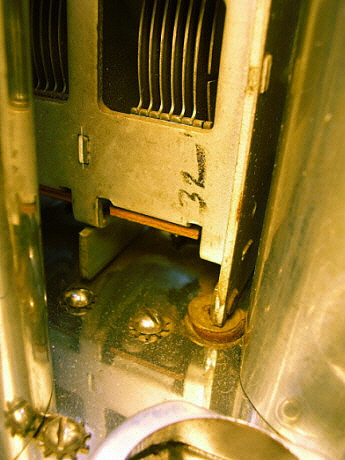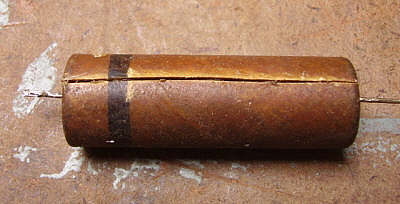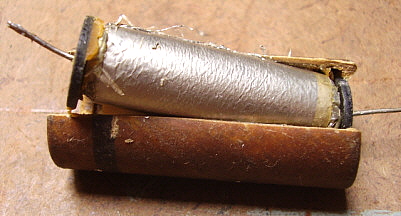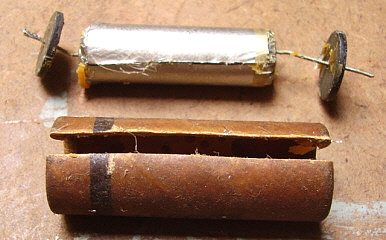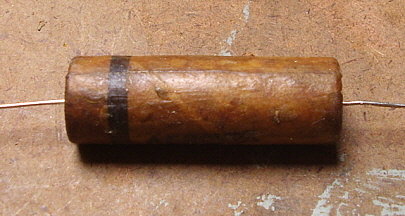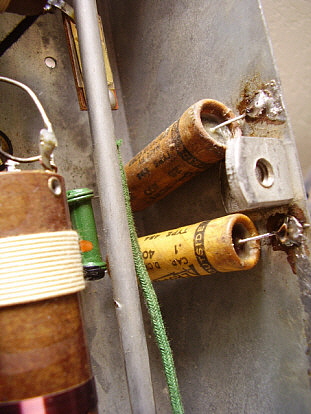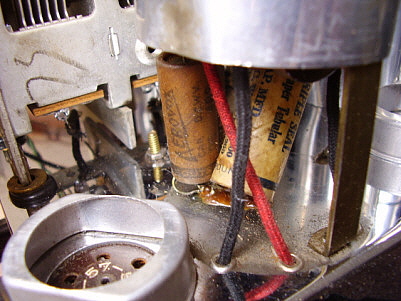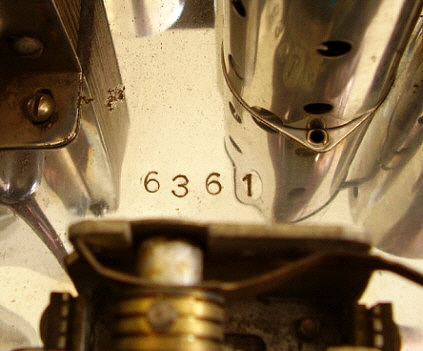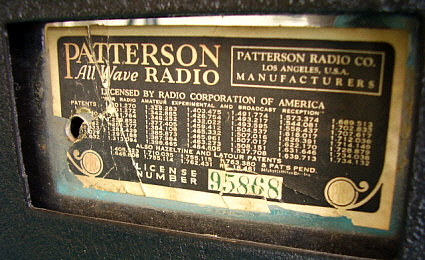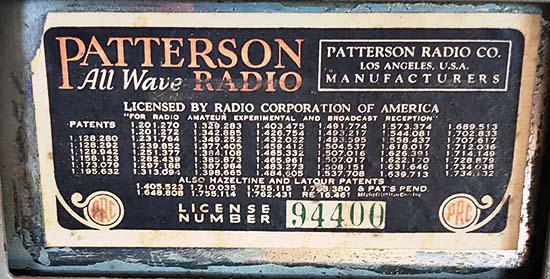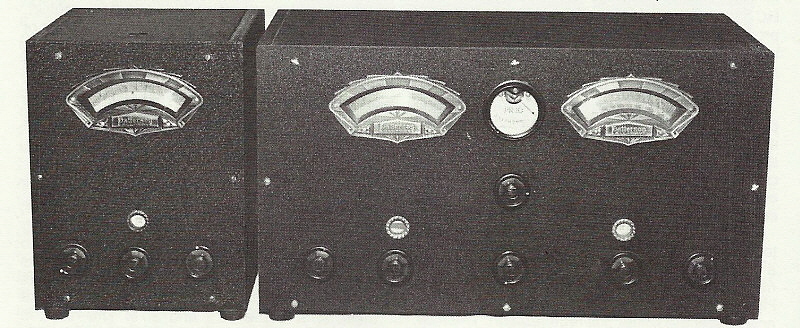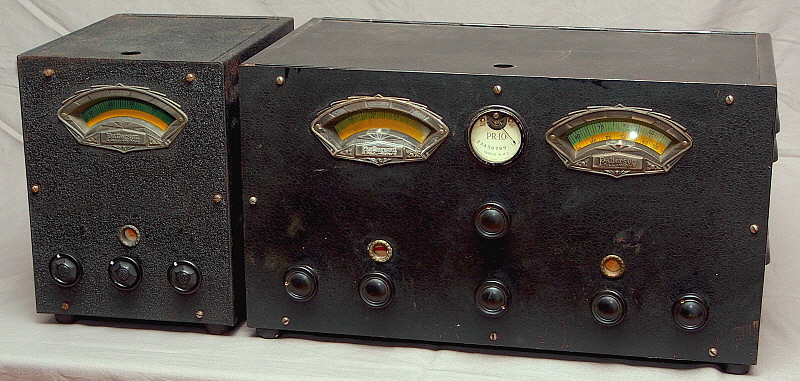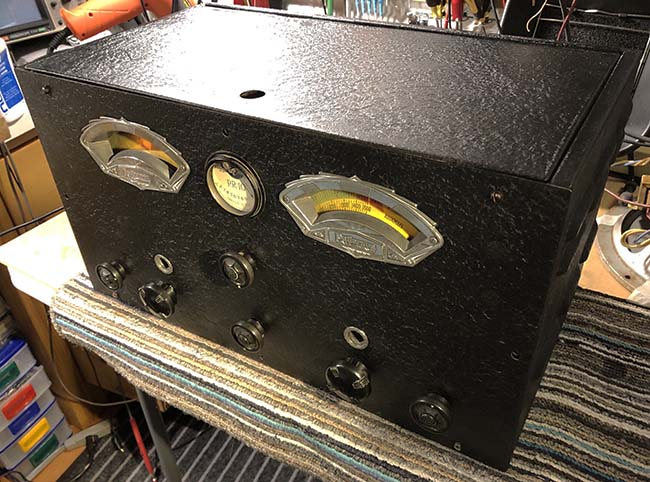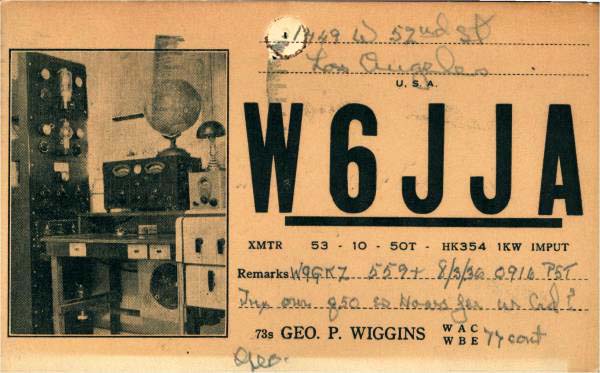|
A Brief History of Los
Angeles Radio Building in the 1930s |
To understand why Patterson Radio Company built the PR-10 at the Gilfillan Bros.,Inc. plant in Southern California, requires some
familiarity with Los Angeles radio manufacturing history.
Before 1927, radio building on the West Coast was uninhibited and
pretty much any type of radio could be built and sold without very much interference
from the license-holding and patent-owning radio manufacturers located
on the East Coast. California was just too far away and their share of
the booming radio market didn't seem to impact the radio-selling profits
enough to enlist infringement-busting lawyers to pursue those who were
violating patents.
By 1927, RCA was beginning to assert some control over some of their
newly acquired patents. Mainly the "Tuned Radio Frequency" circuit
(not the Neutrodyne configuration though, that belonged to the
Independent Radio Manufacturers) was
important at the time although anything resembling a superheterodyne was
almost certain to be a target for the radio lawyers, too. Although RCA
didn't own the superhet-patent (Westinghouse did,) they handled most of
the legal actions because of their cross-licensing with the members of
the so-called "Radio Group," consisting of General Electric, at the head,
with Westinghouse and AT&T (former member United Fruit Company had
sold their radio holdings to RCA around 1924.)
RCA was beginning
to pressure the Gilfillan Bros.,Inc. (Sennett and Jay Gilfillan,) the only large-scale radio builder in Los Angeles (actually
in the entire West) who also
had other assembly plants around the country. The pressure became intense enough
that eventually Sennett Gilfillan got on a train heading East with the
intention of a "face to face" meeting with RCA officials.
Arriving in New York City, Gilfillan made his way to the RCA
headquarters where he asked to see "the man in charge." At the time,
David Sarnoff, who was general manager, was running RCA because actual
RCA president James G. Harbord had taken a leave of absence to campaign for
Herbert Hoover in the upcoming 1928 presidential election. RCA was still in debt to General Electric and Westinghouse over
patents and RCA's newly acquired Victor Talking Machine Company (located
in Camden, New Jersey) but the
company was beginning to assert itself in the radio industry. Sarnoff
easily avoided meeting with Gilfillan for several hours but that just
seemed to incense Gilfillan more. Finally, in the late afternoon,
Gilfillan got his meeting with Sarnoff. "You're not
going to put me out of business!" Gilfillan shouted at Sarnoff who
thought to himself, "This guy's got some real moxie coming all the way to
New York just to chew me out." Sarnoff cooled things off by asking Gilfillan
to come into his office to "talk things over."
In the meeting Sarnoff told Gilfillan, "We (RCA) don't really care
what you do out West. What we don't like is the Gilfillan plant that you
have in Kansas City. If you would close the Kansas City plant and just
do business in California, we'll give you the exclusive radio
manufacturing licenses for ALL eleven Western states."
Of course, Sennett Gilfillan knew that was an excellent offer and agreed to
the deal. Within a short time, Gilfillan Bros.,Inc. was out of Kansas City and
basically in total control of radio manufacturing in California and the
entire West. >>> |
>>> The "licenses" at the time were the general TRF radio circuit
patents that had
recently been acquired by RCA. By the middle of 1930, after RCA acquired the patent, it included the essential superheterodyne
patent.
The assignment of the exclusive manufacturing license for the eleven
Western states changed how and who built radios in the West. Now, all
legally-built radios had to go through Gilfillan Bros,Inc. Part of the licensing
arrangement with RCA allowed for Gilfillan's license to "protect" non-licensed
radio builders by designating these builders as "sub-contractors" who
were supervised by Gilfillan to a certain extent. RCA insisted that a
protocol be followed that all radios produced had to meet a certain
standard of manufacturing quality which essentially meant that the radio
had to be built, at least in part, in the Gilfillan plant in Los Angeles.
The second floor of the LA plant was not being fully utilized so Gilfillan
set it up as an area for the "sub-contractors" to build their radios. These
sub-contractors could (and did) use all of Gilfillan's tools,
components, materials, supplies, processes and they could also set up their offices
on the second floor. All of the sub-contractors hired their own
engineers, assemblers and other staff they needed. When the prototype
radio was completed, it was reviewed by Gilfillan and, if accepted, it
could then go into production. Marketing of the radio was the
responsibility of the sub-contractor.
Many of the sub-contractors used the 1617 Venice Blvd. address of the
Gilfillan plant as their official address since, for most, that was the
location of their entire operation. Emmitt Patterson and Patterson Radio
Company was an exception. He used a
different location for his office and official address of the company
(1320 South Los Angeles St.)
and avoided any overt connection to the Gilfillan Brothers.
Some of the "wanna-be" radio builders simply couldn't qualify to
be sub-contractors. RCA insisted that a specific number of radios be
produced and a specific minimum production level had to be maintained
in order for qualification. Some LA radio builders just didn't sell
enough radios to qualify. As long as these builders kept their radio building output below a specified level (usually less than
100 radios per week) RCA or Gilfillan wouldn't be at all interested in
pursuing them for patent or license violation.
This sub-contactor license protection lasted through all of the
1930s. During the tough economic times of the Depression it helped a lot of radio builders that just couldn't afford to
buy property, build a factory, buy tooling and essentially spend a
fortune just to get started. The cost was minimal for the sub-contractor
with just 5% of the radio-selling profit taken by Gilfillan who then split that with
RCA. The RCA sub-contractor licensing through Gilfillan only required the builder to hire his own staff and come up
with a good design to then start building and selling radios. Los
Angeles radio manufacturers that were successful included Jackson-Bell,
Packard-Bell, Kemper Radio Co., Patterson Radio Company, Breting Radio
Company, Pierson-DeLane and many others.
By 1940, RCA was becoming less and less involved with the licensing
and loosened many of the requirements. The major change was now the
license to manufacture could be obtained directly from RCA. This really
only affected the remaining companies that were successful enough to "go
it alone." It spelled the end for Paul Breting who quit building radios
in 1940. Emmitt Patterson had sold his end of Patterson Radio Company to
Karl Pierson in 1937. Pierson partnered up with DeLaplane and continued to build the
Patterson PR-15 under the Pierce-DeLane brand but also eventually
dropped the PR-15 in 1940 and went into building two-way radios until
WWII.
Pierson did start up a short-lived company after WWII that built a
couple of types of ham receivers. Emmitt Patterson
quit radio altogether in 1939.
|




